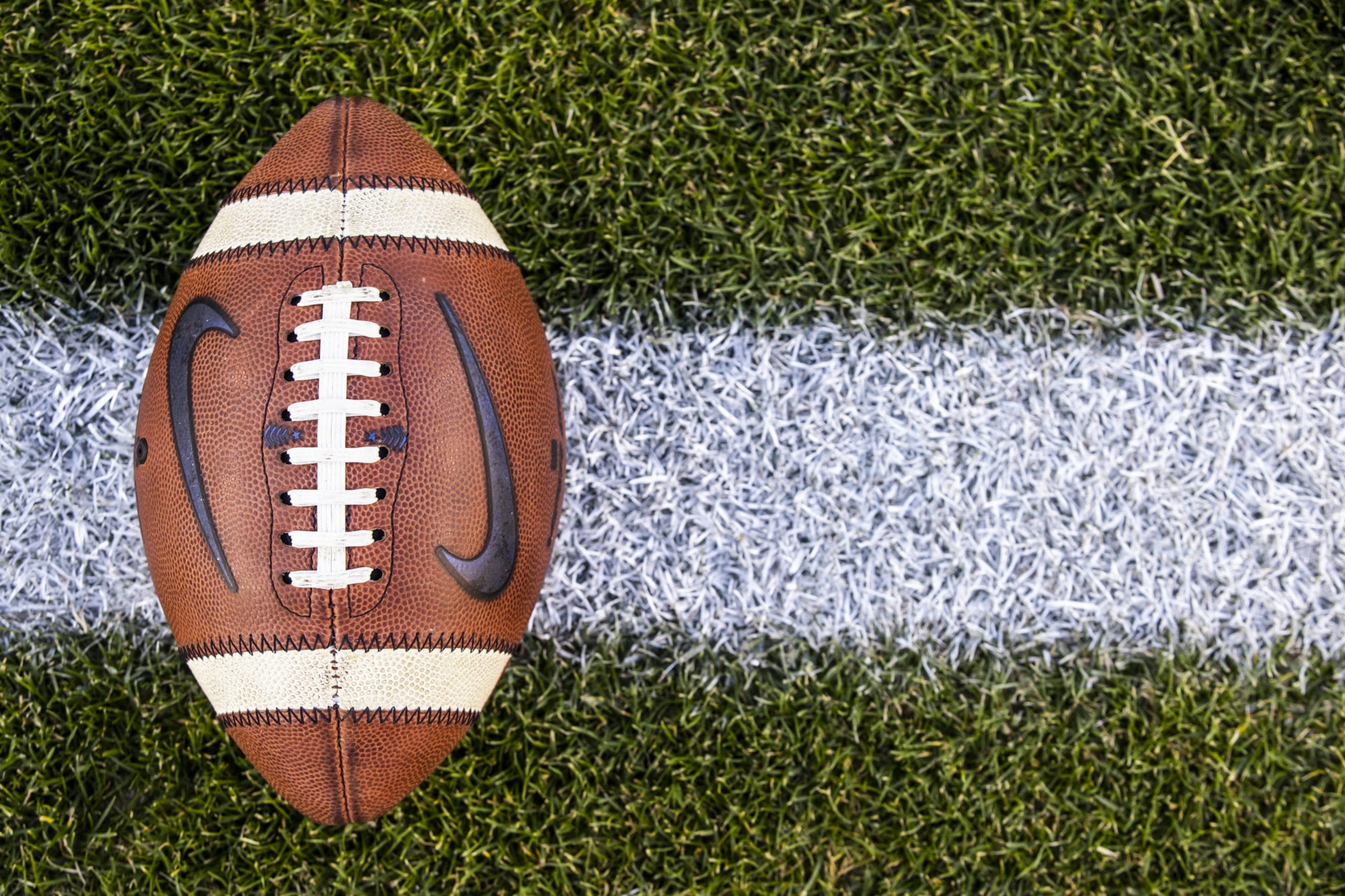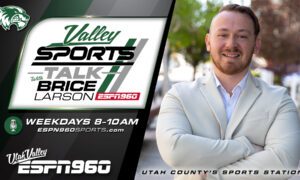
BY JEFF FULLER![]() (BAMA COUG) & KRINDORR
(BAMA COUG) & KRINDORR
“We have better schools, better markets and better ratings.”
– An anonymous PAC athletic director on why he won’t be surprised when the Pac-12 beats the Big 12’s number.
It’s certainly an audacious quote, particularly when considering the ongoing difficulty the PAC is having in getting ANY media deal to a vote. But is it actually true?
The answer is a resounding “Maybe.”
“Better” schools can be defined a lot of ways, but there’s an argument to be made for the PAC in almost any regard:
- Academically, both conferences have their stronger and weaker schools, but Cal, Stanford, and UW alone trump anything the Big 12 can offer
- On the football field, the PAC is riding high, having just placed 6 teams (fully half the conference!) in the top 25 – as many as the mighty SEC and twice the number of B1G teams.
- On the basketball court … well, we all know basketball doesn’t REALLY matter, right?
The PAC markets are undeniably bigger – while Ames, Iowa; Manhattan, Kansas and Lubbock, Texas are all nice places with great fans, they simply can’t boast the potential audience size of San Francisco, Phoenix, Seattle, or Denver.
And even ratings seem to favor the PAC. Over the last 5 non-COVID years, the average regular-season Big 12 game* (not involving Texas or Oklahoma) has drawn 1.07 million viewers. The average regular-season PAC game* (not involving USC or UCLA) has drawn 1.58 million – 48% more than the Big 12.
*only considering games for which ratings are available
So, given all those strengths, why is the PAC10 struggling to consummate a media deal commensurate with the other P5 conferences? The PAC10 is into their eight month of media deal negotiations with nothing better than “lukewarm” interest from potential partners. In contrast, Brett Yormark and the Big12 made the process look easy, by sewing up a $32 Million/yr deal in a matter of weeks (though not taking [having to take] the rights to open market assuredly hastened the process).
There are two answers here – “denial” and “trajectory”
By focusing on the most positive aspects it’s easy to paint the PAC as strong. That’s exactly what happened in the examples above. Yes, 6 PAC teams finished ranked in the last year. On the other hand, the PAC12 hasn’t placed a team into the College Football Playoff in the past six years, with only two total appearances, only one semi-final win, and no championships since its inception nearly a decade ago.
Yes, rated PAC games have strongly outdrawn rated Big 12 games… but that’s a huge caveat, focusing on only rated games. The PAC12 has had far fewer games broadcast on rated channels than any other P5 conference, with an average of 59 rated games from 2013-21 per remaining PAC10 schools. By comparison the average Big 12 has had 84 rated games in the same period. This means we’re comparing only the best PAC games to nearly every Big 12 game. Indeed, one might wonder about the level of demand for PAC10 games in the first place.
Looking at only part of the data is going to give only part of the story, and if you choose to ignore or deny those facts that don’t support your case, you end up with a disconnect between what you think you’re worth and what the market will pay. That’s the denial.
But the larger issue is trajectory.
“We view adding SMU as a member in similar fashion to adding Amazon as a media partner: Neither entity can be judged on its merits as of today; both must be evaluated for what they could be in the future”
– Jon Wilner discussing possible expansion and media rights options for the PAC
Just like the conference is evaluating expansion candidates or streaming possibilities based on what they could be, so too are media companies evaluating the PAC not on what they CURRENTLY are, but on what they WILL be over the life of the deal.
That’s trajectory; and for the PAC10? It’s a big problem.
By just about any metric analyzed, from on-field success of revenue sports, to fan engagement (as measured by both attendance and social media presence), to TV viewership, to total conference payout trends, if the PAC12 isn’t in net negative territory, they are at least falling behind the growth curves of the other P5 conferences. Do they realize this? By all public proclamations and messaging, it doesn’t seem like it.
Some eye-openings results when considering the PAC10’s “Trajectory”:
1) TV Viewership: Comparing 2015-2019 data to the most recent years, the PAC has shown a 4% decline in viewers per game. Over the same period, the Big 12 has shown a 6% increase in per game viewership
2) Attendance: PAC football attendance has been in freefall, DECLINING an average of 5.8% per school over the last 5 years, compared to a 6.4% INCREASE per school for the new Big12 – resulting in the Big 12 clearly passing the PAC in this regard. The trends in basketball attendance are even worse for the PAC
3) Market Size: Even market size, the long-time trump card of the PAC over a so-called “Truckstop Conference” is in decline. Nielson data shows an year over year loss in television households within the PAC team’s local markets, whereas the Big 12 markets continue to grow. Combine that with the fact that the Big12 media markets are filled with a higher percentage of college sports fans, and it’s possible that the new Big12 actually ALREADY has more valuable TV markets from a college sports broadcasting perspective than the PAC10. If not, then it appears to only be a matter of time.
Over the coming days, we’ll be taking a much deeper dive into these and other topics (including Brand, On-field performance, Academics and Fanbase Engagement), comparing the PAC10 to the looming presence of a growing and aggressive Big 12 and even including a special write-up assessing potential PAC expansion options and their level of saturation within their local markets.
Despite occasional positives (the PAC’s academic prowess still ranks comfortably ahead of the Big 12, even after the loss of USC and UCLA), the overall story is clearly one of stagnation and/or decline with metric after metric highlighting this downward trend.
This reality is evident in even the top-line numbers. Below is the 3-year running average annual payout that each P5 conference has been distributing to their member schools: (Tweeted this out this last year. Link to Google Spreadsheet and source links for FY 2014, 2015, 2016, 2017, 2018, 2019, 2020, & 2021 .)
While it’s tempting and easy to brush away the decline in 2021 as COVID-related, it shouldn’t hide the fact that even pre-COVID PAC revenues were growing at a much slower rate than their two closest competitors – the Big 12 and the ACC. Also recall that the Big12 will be receiving $100M in buyout from the year-early exit of OU & UT while the PAC owes Comcast $50M and the growing gap will be harder to close.
At the VERY least, this and the aforementioned trends are alarming and create uncertainty about the future value of the PAC – an uncertainty which manifests in lower media valuations. Add to that uncertainty a fear of losing their top remaining brands of Oregon & Washington to the B1G.
And with that, we circle back to “denial” – while the PAC and Big 12 appear to be on relatively equal ground at the moment, they are headed in opposite directions. And the PAC insists on being viewed not as what they might be in the future, not even as what they are today, but as what they were a decade ago.
This article is brought to you by Underdog Fantasy. Use the code ESPN960 when you sign up to get your first deposit of up to $100 doubled. If you enjoyed this article please support our sponsors, we aren’t able to keep bringing Cougar Sports insider knowledge without our sponsors. Thank You!










